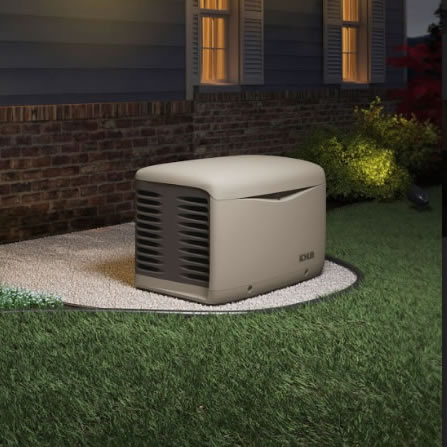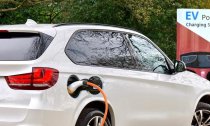How Do Generators Work?

August 19, 2025
How Do Generators Work?
Generators are a device or machine that works to produce electricity. Generators are essential in providing electrical power and energy to industries and homes. With the increasing concern for sustainability and environmental protection, many people tend to invest in a generator as a means of independent power production. Generators can be broadly classified into two major categories; prime power or alternate source systems. When working with a generator, hiring Neighborhood Electric for the generator installation is crucial. A qualified electrician can work with panel updates or installation to properly install your generator.
Parts of the Generator
Frame/Housing
- The outer housing of the generator must be strong enough to resist damage from impact and vibration during operation.
Control Panel
- This contains all the switches, circuit breakers, and other controls needed for operation.
Battery and Charger
- Some generators use batteries to store extra energy for use when the power fails. These batteries may be lead acid or lithium-ion types. Lead acid batteries need periodic recharging with a manual or automatic charger if available. Lithium-ion batteries can be used without charge by simply swapping them out when they run down (aka replaceable batteries).
Lubrication Components
- Most generators require a lubrication system to keep them operating smoothly over time (normally oil). Sometimes these systems are automated, and other times, they require manual maintenance by someone who knows what they're doing!
Cooling and Exhaust System
- This system of tubes and pipes that circulate coolant around the engine block to keep it at an optimal temperature level while it operates. Cooling systems work by removing heat from an engine's cylinders through water before it is released into the atmosphere through exhaust fumes leaving behind very little in terms of particulate matter, which could damage nearby equipment if left unchecked over time.
Voltage Regulator
- The voltage regulator controls the voltage generated by the generator and prevents it from exceeding a certain level. For example, if you have a 200-Watt bulb connected to a generator, its output will only be 200 Watts (W). The regulator ensures that this remains constant at all times, regardless of how much load the bulb puts on it (how much energy it uses).
Fuel Supply
- A generator uses fuel such as natural gas or diesel oil to produce electricity. The fuel is fed into the engine, which burns it. It produces heat that turns water into steam. It rotates the turbine shaft connected with the AC generator armature winding to produce AC current output at 110V or 220V, depending on the voltage rating of your home circuit breakers.
Engine
- The engine is connected to a shaft that drives an alternator, which produces AC electricity. The alternator is connected to an armature, which is made up of coils of wire that rotate inside magnets. As the coils rotate within the magnetic field, they generate electricity. This AC electricity passes through a diode bridge, which converts it from AC to DC electricity.
Alternator
- The AC current produced by the generator needs to be converted into DC current before it can be stored in batteries for backup power during outages or when you want to use this electricity for running appliances like lights during emergencies etc. This conversion process is carried out by an alternator that converts AC into DC current through an electromagnetic induction process.
Types of Generators
Portable Generators
Portable generators are small-scale devices that can easily move from place to place. They have wheels at one end, so they can be transported by hand or on a trailer truck, depending on their size and weight requirements. These generators are often used for camping trips where there may not be access to utility power sources like electricity and natural gas lines (NG).
Standby Generators/Permanent Generators
These generators can be installed at home or on-site at work or school, so they're always ready for use during an outage. These generators are connected directly to your electrical panel so that they automatically turn on when there's an outage and will continue running until power returns or until the fuel tank runs out of fuel. Standby generators are often used in rural areas where power outages are common but aren't required in urban settings because they add extra cost to your monthly utility bill.
How Do Generators Produce Electricity
A backup generator is a device that uses a combustion engine or an internal combustion engine to produce electricity. The generator converts mechanical energy into electrical energy to power your home when the primary power source goes down.
Backup generators can be an electric start or manual start, meaning they require you to use a pull cord or lever to start them. Manual start generators are more common than electric starters because they're less expensive and easier to maintain. Electric start models tend to be more expensive and require more maintenance and fuel storage since they don't operate on gasoline like other types of generators do.
Are You Prepared With a Generator?
Many homeowners don't truly know how their generator functions. They use it only when needed, and sometimes not even then. While generators are relatively simple machines, there's more to them than meets the eye. Don't underestimate the importance of hiring a qualified electrician for your generator needs. Neighborhood Electric can give you peace of mind with your generator installation.








